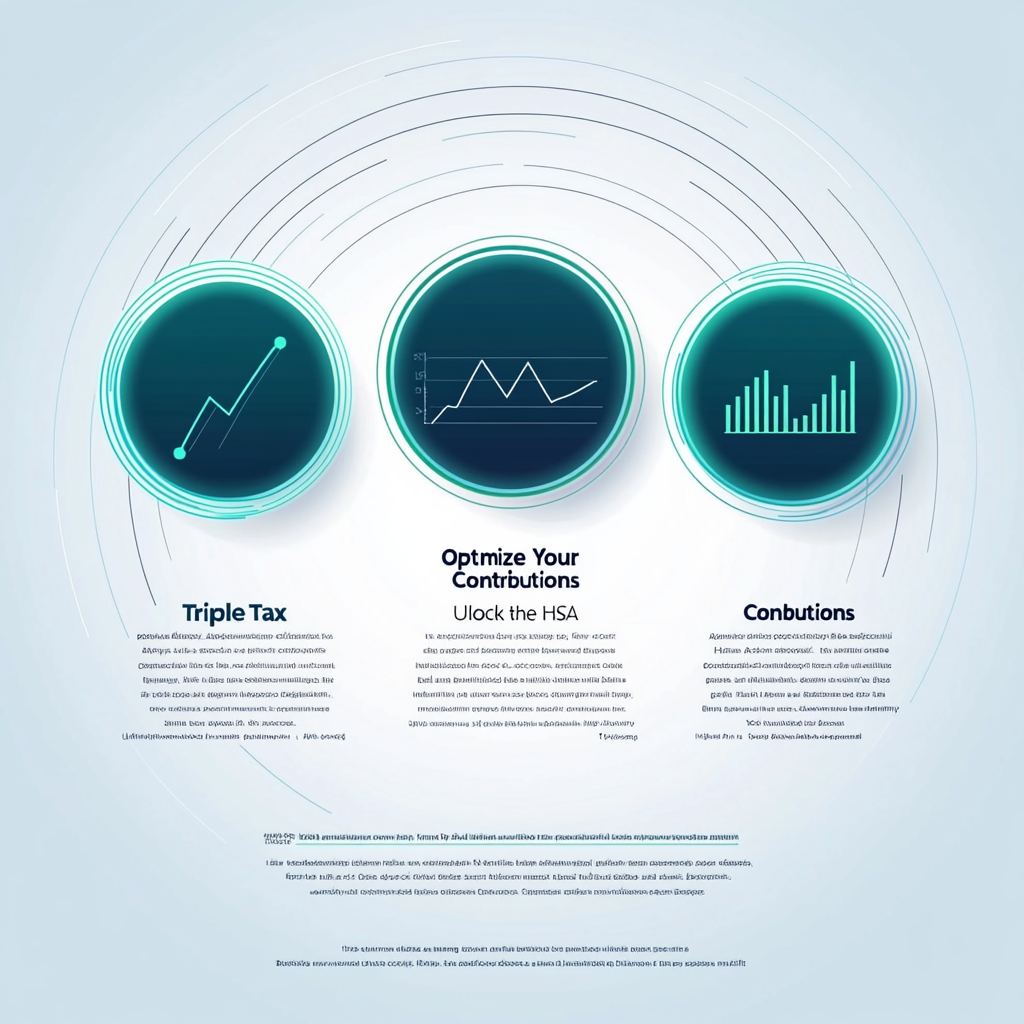1. Introduction
I still remember the first time I sat down to compare a term life quote with a whole life illustration—I was struck by how fundamentally different these two products can be. The decision of Term vs. Whole Life insurance isn’t simply about choosing the lowest premium; it’s about aligning your coverage with your financial goals, risk tolerance, and legacy plans. In this article, I’ll guide you through each policy’s core mechanics—how term life delivers focused, affordable protection for a set period, and how whole life combines lifelong coverage with cash-value growth. You’ll learn to evaluate duration of coverage, cash-value benefits, premium stability, and long-term cost implications. We’ll also dive into tax and estate-planning considerations, the importance of insurer financial strength, and tools to simplify your comparison.
By the end, you’ll have a clear, personalized framework for deciding which policy truly suits you best—whether you need temporary income replacement or a permanent asset that supports your heirs and your own retirement. Let’s dive in.
2. Understanding Term Life Insurance
2.1 What Is Term Life Insurance?
Term life insurance provides coverage for a specified period—commonly 10, 20, or 30 years. If the insured passes away during the term, the policy pays a death benefit to beneficiaries. If no claim is made, the coverage expires with no residual value.
Term life is often chosen for its simplicity and affordability. It’s primarily a pure protection tool: you pay premiums to guard against financial hardship after a premature death.
2.2 Key Features and Benefits
Affordability: Premiums are lower compared to permanent policies because there’s no cash accumulation component.
Flexibility: Choose the term length that matches your financial responsibilities (e.g., the duration of your mortgage).
Convertible Options: Many term policies allow conversion to permanent coverage without a health exam—ideal if your needs or health change.
Renewability: Some contracts permit renewal at term end, though premiums may rise based on age.

3. Understanding Whole Life Insurance
3.1 What Is Whole Life Insurance?
Whole life insurance is a permanent policy that remains in force for the insured’s lifetime, provided premiums are paid. It combines a death benefit with a cash value component that grows over time at a guaranteed rate.
Policyholders can borrow against the cash value, withdraw funds, or even surrender the policy for its accumulated value. This dual nature makes whole life both a protection and an asset vehicle.
3.2 Key Features and Benefits
Lifetime Coverage: Guarantees a death benefit payout whenever death occurs.
Cash Value Growth: Accumulates on a tax-deferred basis; some policies pay dividends that can increase both the cash value and death benefit.
Level Premiums: Premiums remain level throughout the policyholder’s life.
Policy Loans: Access funds via loans against the cash value, typically at competitive interest rates.

4. Key Differences Between Term and Whole Life
4.1 Duration of Coverage
Term Life: Coverage expires at the end of the term unless renewed. Ideal for temporary needs—mortgages, education expenses, or income replacement until retirement.
Whole Life: Provides lifelong coverage. Best suited for permanent needs—estate planning, wealth transfer, or lifelong dependents (e.g., a special-needs child).
4.2 Cash Value Accumulation
Term Life: No cash value; pure protection.
Whole Life: Builds cash value you can access via loans or withdrawals. This component can serve as supplemental retirement income or emergency funds.
4.3 Premium Stability
Term Life: Starts low but can escalate dramatically if renewed beyond initial term.
Whole Life: Level premiums offer predictability; you lock in the cost for life, insulating against rate hikes due to age or health.
5. Cost Comparison and Affordability
5.1 Premium Costs Over Time
In your 30s, a healthy 30-year-old might pay $150/year for a $500,000 20-year term policy versus $2,000/year for a whole life policy of the same face amount. Over decades, term remains more affordable—but ends without residual value. Whole life costs more upfront but builds an asset.
5.2 Factors That Influence Pricing
Age & Health: Younger, healthier applicants secure the best rates. External research (e.g., Investopedia’s guide on term life premiums) can help benchmark costs.
Coverage Amount: Higher face amounts increase premiums proportionally.
Policy Riders: Acceleration of death benefit, waiver of premium, or disability income riders add costs but enhance protection.
Payment Mode: Annual vs. monthly payments; some insurers offer discounts for paying annually.
6. Coverage and Flexibility
6.1 Death Benefit Structures
Term policies typically offer a level death benefit; some offer decreasing benefit structures aligned with mortgage balances. Whole life increases death benefit modestly via dividends or paid-up additions.
6.2 Policy Loans and Withdrawals
Whole life’s cash value can be borrowed against, providing liquidity without triggering taxes if managed properly. Term policies lack this feature—once coverage ends, access to value is zero.

7. Suitability by Life Stage
7.1 Young Adults and New Families
Term life is often optimal for young families needing low-cost protection against income loss. A 20- or 30-year term aligns with child-rearing and mortgage timelines.
7.2 Mid-Career Professionals
As net worth grows, a blend of term and permanent coverage can hedge costs: term for income replacement, and smaller whole life policies for estate planning or cash value growth.
7.3 Pre-Retirees and Seniors
Whole life or guaranteed universal life may suit those seeking guaranteed lifelong coverage without renewal risk. Cash value can supplement retirement income or cover final expenses.
8. Common Pitfalls and How to Avoid Them
8.1 Underinsuring Your Needs
A common mistake is choosing a policy too small. Calculate income replacement needs, debts, education funds, and caregiving costs to determine adequate coverage.
8.2 Overpaying for Unnecessary Features
Don’t buy riders or permanent features you’ll never use. For many, a pure term policy supplemented by separate investment accounts (IRAs, 401(k)s) offers more cost-effective planning.
9. Regulatory and Tax Considerations
9.1 IRS Tax Treatment of Premiums and Death Benefits
When weighing Term vs. Whole Life, one critical but often overlooked factor is the tax treatment under the Internal Revenue Code. Unlike contributions to retirement accounts, life insurance premiums for personal policies are generally not tax-deductible on individual returns. However, if your employer provides group term life insurance, up to $50,000 of coverage can be excluded from your taxable income each year—anything above that is imputed as taxable fringe benefit under IRS rules.
On the death benefit side, proceeds paid to beneficiaries are almost always income-tax-free under IRC §101(a). This means the lump-sum payout from either term or whole life policies bypasses ordinary income tax, providing a substantial financial shield to heirs. For example, if a $500,000 policy pays out upon the insured’s death, beneficiaries receive the full amount without including it in their gross income. For a concise video overview of these tax rules and how they compare between term and whole life, watch “Term vs. Whole Life Insurance: Which Is Right for Me?”.
Be aware, though, that estate tax inclusion can arise if the insured’s estate exceeds the federal exemption threshold (currently $13.61 million in 2024). In such large estates, proceeds may be counted as part of the taxable estate unless properly structured—highlighting the importance of planning so that life insurance proceeds fund the tax liability rather than depleting other assets.
9.2 Estate Planning and Wealth Transfer Implications
Whole life insurance often serves a dual purpose: lifetime protection plus an asset for estate planning. Because whole life policies accumulate cash value and policyholders can lock in coverage long term, they become ideal tools for providing liquidity to pay estate taxes, funeral expenses, or debts without forcing heirs to liquidate real estate or business interests.
To maximize these benefits—and to keep proceeds out of your taxable estate—many individuals use an Irrevocable Life Insurance Trust (ILIT). You transfer ownership of your policy to the ILIT, removing it from your estate for tax purposes. Premium payments are made by the trust, and upon your death, the trust distributes proceeds directly to your beneficiaries under the terms you establish.
Term policies, by contrast, lack cash value and can’t be owned by a trust without incurring gift-tax consequences when the trust pays the premiums. For high-net-worth families or those with estate-planning needs, whole life inside an ILIT often outperforms term policies in preserving intergenerational wealth.
10. Evaluating Insurer Financial Strength
10.1 Credit Ratings and Financial Stability
No matter how well you analyze Term vs. Whole Life, the policy is only as reliable as the company behind it. Credit rating agencies such as A.M. Best, Fitch, Moody’s, and Standard & Poor’s evaluate insurers on balance-sheet strength, operating performance, and business profile. Ratings from A++ (Superior) to C (Poor) reflect the carrier’s ability to meet policyholder obligations over decades.
When comparing quotes, always check the insurer’s ratings on A.M. Best’s website to ensure you’re selecting a company with a proven track record. A downgrade in rating can signal deteriorating financial health, potentially impacting dividend payments on whole life policies or the company’s ability to honor large death benefits.
Internal link: For more on selecting the right insurer, see our article “Insider Tips: Choosing the Right Insurance”.
10.2 Dividends, Surplus, and Company Track Record
Beyond ratings, mutual insurers (e.g., Northwestern Mutual, MassMutual) distribute annual dividends to policyholders when their surplus—earnings above required reserves—exceeds projections. These dividends can be taken as cash, used to purchase paid-up additions (increasing both death benefit and cash value), or reduce future premiums.
Term insurers do not pay dividends, but policyholders can still evaluate company stability by examining their statutory surplus and past performance in maintaining competitive renewal rates. A consistent history of low lapse rates and steady surplus growth suggests prudent underwriting and financial management, which benefits both term renewals and whole life dividend stability.
Reviewing and Updating Your Coverage Over Time
Insurance needs aren’t static—they evolve as your life circumstances, financial goals, and health change. To ensure your policy continues to serve its purpose, schedule a comprehensive review at least every 12–18 months and after any major event: marriage, the birth of a child, career shifts, or the purchase of a home. During each review, reassess your death benefit against current obligations—outstanding debts, future education costs, and income replacement needs—and verify that your premium payments still align with your budget.
Next, examine any cash-value or loan provisions in your whole life policy. Confirm that the cash-value component is growing as illustrated and review current loan balances to prevent unintended reductions in your death benefit. If you hold a term policy, consider whether conversion options remain available if health changes might jeopardize future insurability. At renewal time, always shop competitive quotes—even if you plan to stick with your current carrier—to benchmark rates and discover potential savings.
Leverage trusted government resources to streamline this process: use the CFPB’s “What Is Life Insurance?” guide for a clear overview, consult the Social Security Administration’s Life Insurance Overview for policy review tips, and explore our own Insider Tips: Choosing the Right Insurance article for in-depth comparisons and rider evaluations.
By proactively updating your coverage, you lock in the most favorable rates, maintain appropriate benefit levels, and avoid unpleasant surprises—such as lapses in protection or unexpected premium hikes. Regular policy check-ups are as essential as annual health screenings; they ensure your life insurance adapts alongside your changing priorities and continues to deliver the peace of mind you and your family deserve.
11. Conclusion
Deciding between term and whole life insurance requires more than comparing premium quotes—it demands a holistic view of your tax situation, estate-planning goals, and the financial strength of potential insurers. Term life excels in affordability and temporary income protection, while whole life offers lifelong coverage, cash value accumulation, and powerful estate-planning benefits when held properly in trusts. By factoring in IRS rules, leveraging ILIT structures, and choosing highly rated carriers with strong surplus and dividend records, you ensure your policy not only protects loved ones but also becomes a strategic asset in your long-term financial plan.
Ready to take full control of your money? This step-by-step online program walks you through budgeting hacks, debt-crushing strategies, and simple investment fundamentals—so you can build real savings and stress-free financial habits.
Explore the full course here.
12. Frequently Asked Questions (FAQ)
What tax benefits do life insurance death benefits offer?
Death benefits paid under a life insurance policy are generally income-tax-free to beneficiaries under IRC §101(a). This means a $500,000 payout from either term or whole life policy bypasses federal and state income tax, providing full proceeds to heirs. For high-net-worth estates, consider estate-tax implications and planning strategies (e.g., ILITs) to keep proceeds out of your taxable estate.Can I deduct my life insurance premiums?
Personal life insurance premiums are not tax-deductible on individual returns. An exception exists for employer-provided group term coverage: up to $50,000 in coverage can be excluded from your taxable income each year. Any employer-paid premium above that limit is treated as taxable compensation.How do ILITs work for whole life policies?
An Irrevocable Life Insurance Trust (ILIT) owns the policy, keeping death benefits out of your taxable estate. You transfer policy ownership to the trust, the trust pays premiums, and upon your death, proceeds pass to beneficiaries per the trust terms—free of estate tax. This structure maximizes the legacy value of a whole life policy.Why do mutual insurers pay dividends?
Mutual insurance companies distribute dividends from surplus earnings—funds above required reserves. These dividends can be taken as cash, used to purchase paid-up additions (increasing death benefit and cash value), or applied toward premiums. Term insurers do not pay dividends, so if dividend income is important, whole life with a strong mutual carrier may be preferable.How do I verify an insurer’s financial strength?
Check ratings on agencies like A.M. Best, Fitch, Moody’s, and S&P. Ratings (A++ to C) reflect a carrier’s ability to honor claims over decades. Review each insurer’s statutory surplus and lapse-rate trends in their annual statements. A downgrade or shrinking surplus can signal increased risk for policyholders.



